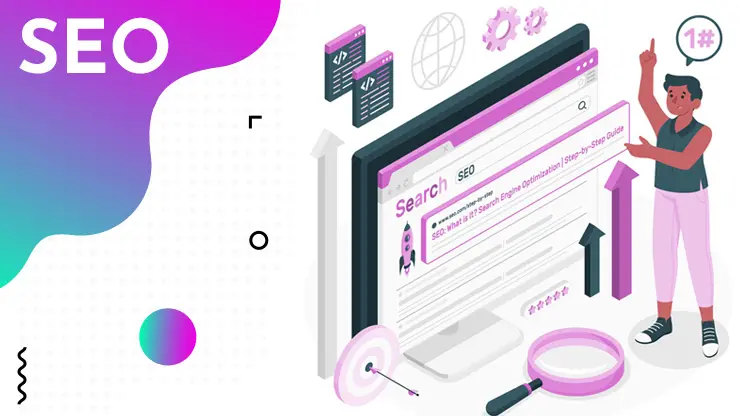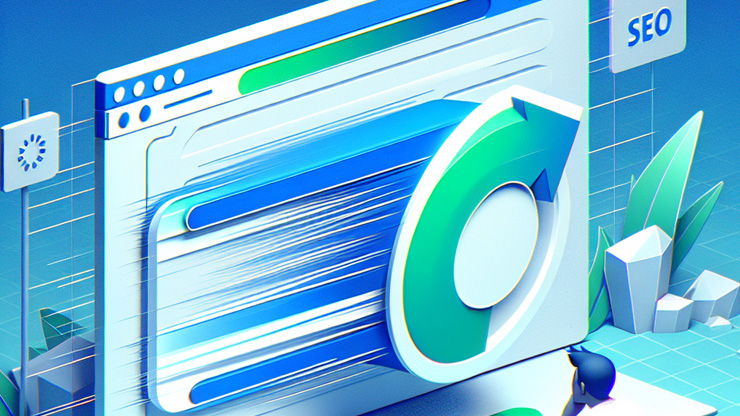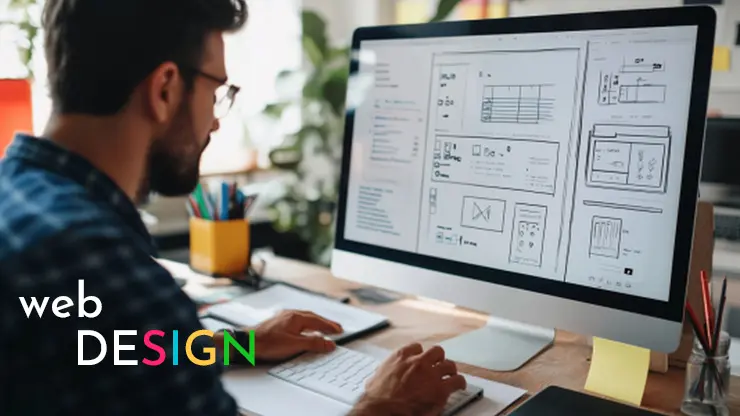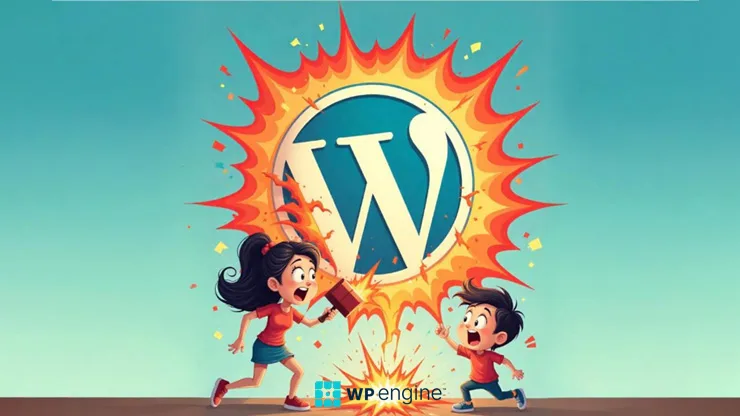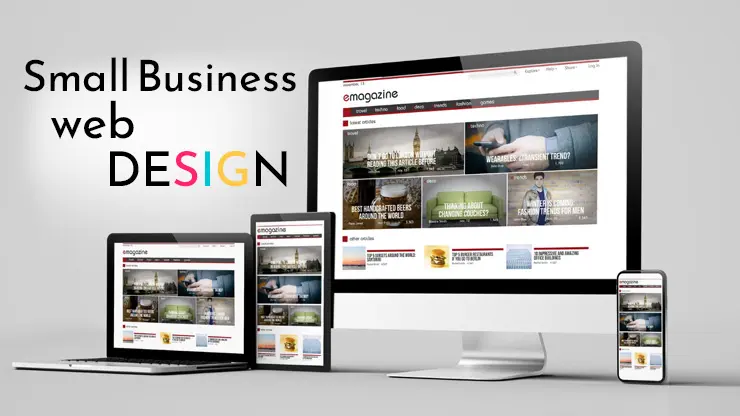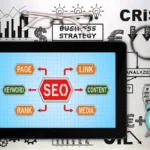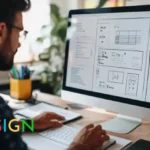In today’s digital age, having a well-designed, functional website is no longer a luxury for businesses but a necessity. However, creating a website from scratch involves much more than just choosing colors and templates. It’s a comprehensive process that includes strategy, design, development, and—most critically—content creation. Often, content is regarded as one of the last steps in the design process, but in reality, having your content ready from the start is crucial for the overall success of your website.
In this article, we will break down the complete process of how an agency goes about creating a website and why content creation should be at the forefront of the entire journey.
Step-by-Step Process of Creating a Website
1. Initial Consultation and Discovery
The website creation process begins with an initial consultation where the agency meets with the client to understand their goals, brand, and target audience. This is a crucial phase because it sets the stage for the entire project. The agency asks essential questions like:
- What is the purpose of the website? (e.g., e-commerce, informational, lead generation)
- Who is the target audience?
- What are the key features and functionalities required?
- What are the brand’s values, mission, and visual preferences?
This discovery phase is fundamental as it guides the agency in developing a website that aligns with the client’s business goals and audience expectations. Understanding the client’s needs will also help outline the structure and scope of the website.
2. Strategy Development
After the initial consultation, the agency will move on to creating a strategy. This involves setting clear goals for the website, identifying competitors, and understanding the audience’s needs and behavior. The strategy will outline:
- Information Architecture (IA): The structure of the website, including the navigation hierarchy and key pages.
- User Experience (UX) Planning: How the site will function to provide an intuitive and seamless experience for users.
- Content Strategy: This is the stage where the content outline is planned, including the type of content that will be needed, tone of voice, and overall messaging.
3. Content Creation and Planning
This is where content comes in, and why it’s so important to have it early in the process. Content is not just the text you see on the pages; it includes everything from blog posts, videos, and images to calls-to-action (CTAs), product descriptions, and testimonials. Let’s explore why content is critical at this stage:
Why Content is Needed at the Beginning
Content Drives Design: The design of a website is more than just visual appeal; it’s about how the content is organized, presented, and made accessible to users. If you don’t have your content ready, the design may look good but fail to communicate your brand’s message effectively. Design decisions such as layout, white space, and imagery will be influenced by the amount of content, its format (text, video, infographic), and the intended user actions. For example, if the homepage requires a compelling headline and subhead, the designer needs to know how much text they are working with to create a visually balanced design.
SEO Strategy Integration: Content is the foundation of SEO (Search Engine Optimization). The agency needs the content early to optimize it for search engines. This includes keyword research, crafting meta descriptions, and implementing internal linking structures that align with the SEO goals of the website. Without content, it’s challenging to implement a cohesive SEO strategy that improves rankings and attracts organic traffic.
User Experience (UX) and Information Architecture (IA): Content affects the user experience by guiding users through the website and providing them with the information they need to take action. Whether it’s making a purchase, filling out a contact form, or subscribing to a newsletter, content is at the heart of what the user interacts with. It also determines the site’s structure, making it easier to map out the navigation and user journeys if the content is available upfront. This ensures that pages are organized logically, helping users find what they’re looking for with ease.
Content and Branding Consistency: The content of a website is one of the most direct ways a brand communicates with its audience. If the content isn’t aligned with the company’s messaging, values, and tone, the entire website will feel disjointed. Having content ready at the beginning ensures that the brand’s voice is consistent across all pages and that the design reflects this messaging.
4. Wireframing and Prototyping
With the content in place (or at least a solid draft), the agency can move on to creating wireframes and prototypes. Wireframes are like blueprints—they outline where content elements such as headlines, paragraphs, images, and buttons will be placed on the page. This is where the structure of the site takes shape.
Prototyping, on the other hand, adds interactive features to the wireframes, simulating the website’s user experience. At this stage, designers and clients can see how users will navigate the site, what actions they will take, and how they will interact with content elements.
Content precedes design. Design in the absence of content is not design, it’s decoration.
5. Design
Once the wireframes and prototypes are approved, the agency will move on to the design phase. This includes choosing color schemes, typography, imagery, and other visual elements that align with the brand’s identity. However, because the content was planned from the start, the design will be more effective in presenting that content in an engaging way. The text, images, and media elements will fit naturally into the design, resulting in a cohesive and aesthetically pleasing website.
6. Development
After the design is finalized, the website moves into the development phase. This is where the design is translated into code, and the site is built. Depending on the complexity of the website, this phase may involve front-end and back-end development.
- Front-End Development: This includes HTML, CSS, and JavaScript to ensure the visual aspects of the site function as intended.
- Back-End Development: If the website requires databases, user logins, or e-commerce functionality, back-end development is crucial to make these features work.
At this stage, the content plays another vital role. Developers need to implement content management systems (CMS) and ensure that all the previously created content fits seamlessly within the design framework. Furthermore, interactive features such as forms, CTAs, and media require pre-existing content to work effectively.
7. Testing
Before launching the website, thorough testing is conducted to ensure everything works as expected. This includes:
- Functionality Testing: Ensuring all links, forms, and interactive elements are working correctly.
- Cross-browser and Cross-device Compatibility: Making sure the website looks and functions well on different browsers (Chrome, Safari, Firefox) and devices (desktop, mobile, tablets).
- Content Review: Since content was created early, this stage also ensures that there are no grammatical errors, formatting issues, or missing elements.
- Speed Testing: Making sure the site loads quickly and doesn’t suffer from performance lags due to heavy content such as large images or videos.
8. Launch
Once the site passes all the tests, it is ready for launch. This involves moving the site from a staging environment to the live server where it becomes accessible to the public. During the launch, final checks are made to ensure that all features are functioning correctly and that the content is properly displayed.
9. Post-Launch and Maintenance
The process doesn’t end with the launch. Regular updates and maintenance are needed to ensure the website stays functional, secure, and up-to-date. The agency may also analyze the site’s performance through analytics tools, tracking how users engage with the content and making adjustments accordingly.
Final Thoughts: Content First, Success Follows
The process of creating a website involves multiple steps, from initial discovery to launch and maintenance. However, one thing remains constant: the critical role that content plays. Starting with content at the beginning of the process ensures that the website is designed with purpose, communicates effectively, and provides a meaningful user experience.
Content drives design, informs the site structure, supports SEO efforts, and engages users. Skipping content in the early stages can lead to delays, poor design choices, and missed opportunities to connect with your audience.
By prioritizing content from the start, you set your website up for long-term success—both in terms of user satisfaction and search engine visibility.


